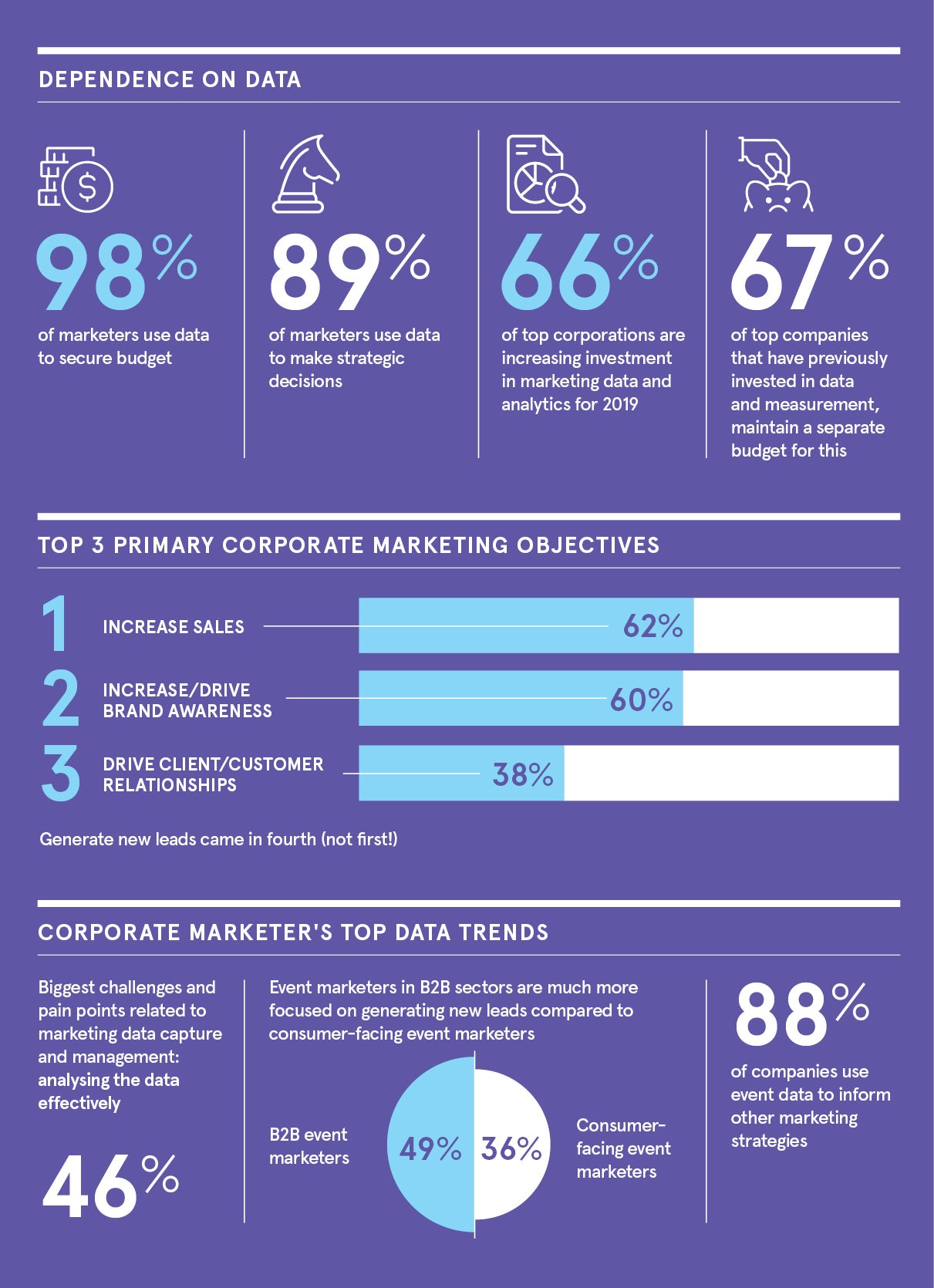Experiences and memories are made through physical connections with one another, and for brands it’s increasingly becoming a necessary element of the marketing mix and strategy.
The presence of consumers in live event settings often enables emotional responses and more lasting bonds with brands. Few brands understand this better than Red Bull, which has spent decades building a reputation for creating highly emotive and engaging events across sports, music and culture.
A common challenge facing brands and marketers in the events and hospitality sector is the need to create lasting relationships with consumers. “For all the growth of the online world, physical experiences are what stimulate and allow people to feel fulfilled,” says Chris Preston, managing director of Freeman in Europe, the Middle East and Africa.
With brand interactions being much more fleeting, due to the myriad of choices consumers now possess, marketers need to ensure that messaging, as well as their brand experience as a whole, is engaging, timely and, above all, relevant and meaningful. This is where live brand experience excels.
Mr Preston delves into the challenges facing brands and marketers reaching audiences in an event setting.
He says: “In a world with increasing competition and varieties of choice for people’s attention, it’s about creating live experiences, using data-driven insight, that genuinely connect brands with their audiences and ultimately create a truly positive and highly emotive response. This is key to crystallising these meaningful connections.”
Live experiences that create lasting memories through shared experiences can create a ripple effect and are remembered
With 90 per cent of companies using event data to inform wider marketing strategies and one third of consumers having paid to attend a live brand experience, it’s clear brands are taking steps in the right direction to ensure connections exist after the initial interaction.
“If you can create an event which is meaningful, on-brand and meets the needs of the community that you’re trying to connect with, the potential levels for attendance and participation are immense. It’s about relevance and connection,” says Mr Preston.
“We partnered with Vodafone to help create a message that captured the imagination and made the launch of 5G real for attendees. Using live-streaming and holograms to demonstrate the benefit and use of the technology, it allowed people to connect with and understand why 5G is useful, which is how the story comes alive.”
As brands continue to shift their focus and attention to Generation Z, how can marketers embrace a demographic much more socially and ethically conscious than previous generations, while also much more likely to research a brand online before purchasing from them?
“The only way to connect with an audience like Gen Z is to create something real for them, but you have to go a step further to try and understand the aspirations of consumers; it becomes much easier to communicate with them,” says Mr Preston, who adds that it’s not product-led, but experience-led marketing.
In a digital media-led world, reaching your audience is one thing, but to get them to not only attend, but be fully engaged at a conference, exhibition or branded event is a task in itself.
“Vodafone’s drone racing installation at Goodwood Festival of Speed brought the brand’s augmented and virtual reality technology to life by allowing people to master a new skill. This is great technology that people have heard about; and if you can make it real and enjoyable then they can participate in that journey, as opposed to just spectating,” says Mr Preston.
According to research by Mintel, mobile applications play a key role in enhancing customer experience, driving networking, interaction, exposure and virtual reality technology functionality. This has enabled event organisers to capture and collect data from these apps to improve future operations.
It’s also one of the key reasons why 89 per cent of marketers use data in making strategic decisions, and two thirds of top corporations are increasing investment in marketing data and analytics for 2019.
The role of technology has been increasingly significant in the live event space. While technology that enables unique consumer interactions can often be attractive, Mr Preston believes the intent is just as important as the use of technology.
“It’s not just about getting people into the environment so they can see the brand, but getting them to be a part of the journey that makes it understandable, pleasurable and memorable,” he says. “Technology such as augmented and virtual reality is used to enhance the experience, but the environment should allow for it to be purposeful because technology for technology’s sake isn’t always an effective way to ensure the brand’s message is clear.”

That said, Mr Preston reiterates that leading with the strategy and creative work before envisioning how an event comes to life enables brands to better understand not only where their audiences are, but how to communicate with them.
“Today it’s about understanding where communities gather, how memories can be enriched and enhanced by centring events around key interests of audiences,” he says.
Live experiences that create lasting memories through shared experiences can create a ripple effect and are remembered, even felt, long after a consumer’s interaction at an event. Not only does it enable brands to think more broadly about how to engage with consumers post-event, but it also indicates that personal bonds, which extend beyond live environments, are what strengthen the wider brand experience.






